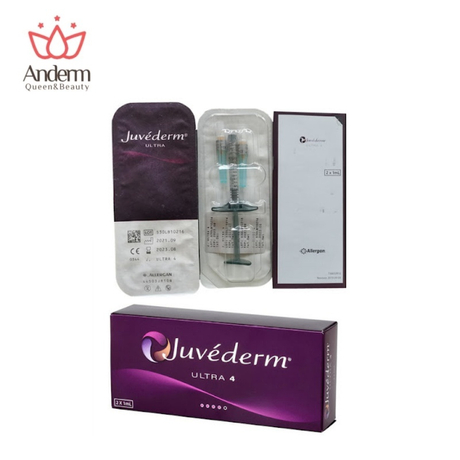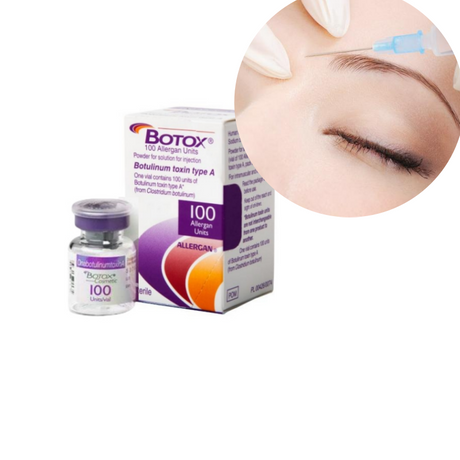Allergans 100U Botox leverages purified botulinum toxin type A to temporarily block neuromuscular signals, relaxing overactive facial muscles that cause dynamic wrinkles. Its high-purity formulation ensures consistent potency, with each unit delivering predictable results. The 100U vial is ideal for treating large or multiple areas, as it provides sufficient dosage for full-face rejuvenation. Results typically become visible within 3–7 days—faster than many competitor neurotoxins—and last 3–4 months, with gradual fading that avoids abrupt loss of effect. Backed by extensive clinical research, it is one of the most studied aesthetic treatments, with a proven safety profile for long-term use.
Active Ingredient: Botulinum toxin type A
Formulation: Sterile, vacuum-dried form; diluted with saline prior to injection.
Dosage: Varies based on treatment type and individual response.
Administration Route: Intramuscular injection.
Frown lines: Smooths glabellar lines (vertical lines between the eyebrows) caused by repeated frowning, creating a more relaxed facial expression.
Forehead wrinkles: Reduces horizontal creases formed by raising the eyebrows, softening the appearance of aging in the upper face.
Crow's feet: Targets lateral orbital lines around the eyes, which form from squinting or smiling, for a more youthful eye area.
Neck bands: Tightens prominent platysmal bands in the neck by relaxing the underlying muscles, improving neck contour.
Pre-Treatment:
Instruct patients to discontinue blood-thinning medications (such as warfarin or aspirin) 10 days prior to treatment to reduce bruising risk .
Advise avoiding alcohol consumption for 48 hours before the procedure, as alcohol can increase vascularity and swelling.
Document baseline muscle activity by having the patient perform facial expressions (e.g., frowning, smiling) to map injection sites.
Procedure:
Administer small, precise injections (1–2U per site) into hyperactive muscles using a 30G needle to minimize discomfort.
For forehead wrinkles, inject along the hairline and mid-forehead to avoid eyebrow drooping; for crow's feet, target the lateral orbital rim.
Total treatment time is 10–15 minutes, with no need for anesthesia in most cases.
Post-Treatment:
Advise patients to avoid rubbing or massaging the treated area for 4 hours to prevent unintended toxin spread to adjacent muscles.
Clear patients to resume normal activities immediately, but recommend avoiding strenuous exercise for 24 hours to prevent increased blood flow to injection sites.
Schedule a follow-up appointment at 2 weeks to assess results and make any necessary touch-ups.
Is Botox FDA-approved?
Yes, Botox has FDA approval for treating glabellar lines, crow's feet, forehead lines, and other aesthetic indications, with over 20 years of clinical use.
Can it cause droopy eyelids?
Eyelid drooping is rare (less than 1% of cases) when administered by a trained provider, as proper injection depth and site selection prevent toxin diffusion to the levator palpebrae muscle.
How many units are needed?
Dosage varies by area: typically 20–50U for the forehead and glabella combined, 10–15U per eye for crow’s feet, and 20–30U for neck bands.
When can I repeat treatment?
Most patients schedule follow-up treatments every 3–4 months to maintain results, as muscle activity gradually returns.












































